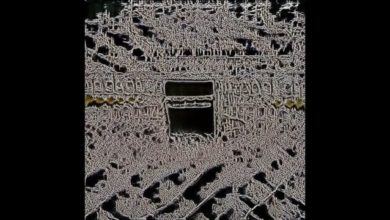Complexity …
There is a new conceptual framework of the theory of the image as a movement which describes the structure of material-kinetic processes. The kinetic theory of the image includes a new movement-oriented interpretation of the image itself and other related experiences, emotions, thoughts and memories.
Nail (2019) analysed the original kinetic theory of the image, or ‘kinesthetics’, and defined it by three inter-related aspects of the mobile image: the flow of matter, the fold of effect, and the field of art. Matter flows. The continuous motion of matter creates an image. Without the material flow of photons, there is no vision. A flow allows matter to return to itself. Without a flow, a continuous movement, there would be only a world of static, vacuum-sealed entities and no sensation, affection or image.
Matter flows if and only if the twin conditions of continuity and motion are satisfied. If matter were only continuous, it would be a homogeneous totality. The flows have an extensive and intensive aspect or dimension. However, these flows have to be capable of curvature, to be capable of an intersection, composite creation and thus of producing images.
Matter never flows in straight lines. This motion of autonomous self-transport is called pedesis. Pedesis can appear irregular and random, but it is, on the other hand, not random at all but instead emerges from and is influenced by other motions. There is never a case of absolute determination or absolute randomness in the pedetic kinetic.
Large numbers of components interact in non-linear ways. They are inaccessible and murky systems showing how many components, individual lines and parts of lines make up the whole image. Galanter suggested that complexity is a matter of content, not a complicated technique. Complexity theory is an abstract understanding of the many systems of generative art which are emerging. Under the general rubric of complexity theory, various systems, and various kinds of system, have been studied, compared, contrasted and mathematically and computationally modelled. But this complexity requires a careful balancing of order and chaos in relation to the context of the original image (Fry, 2018).
